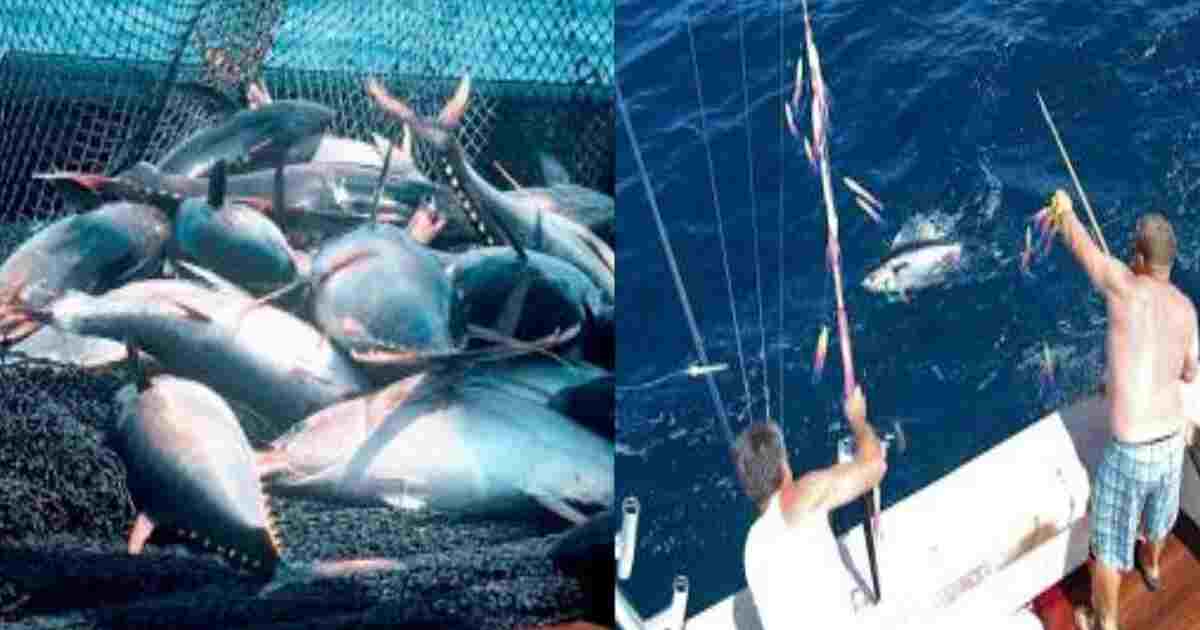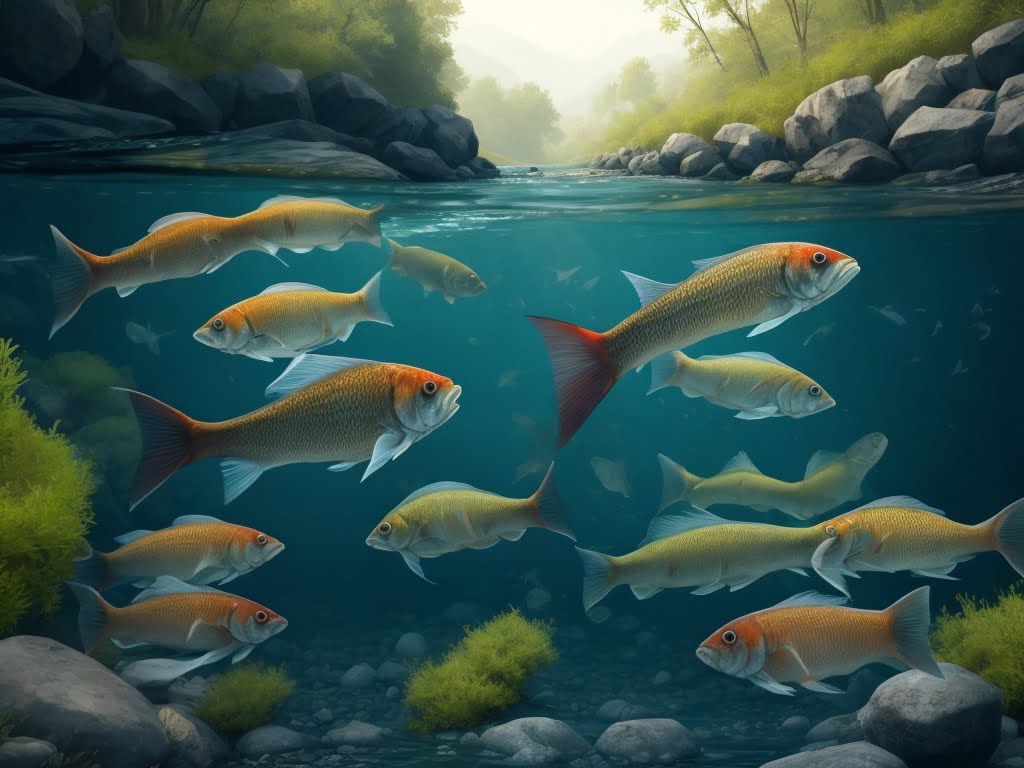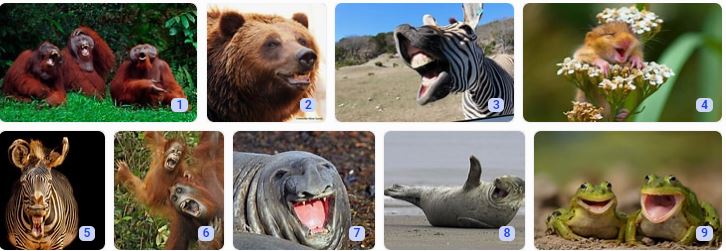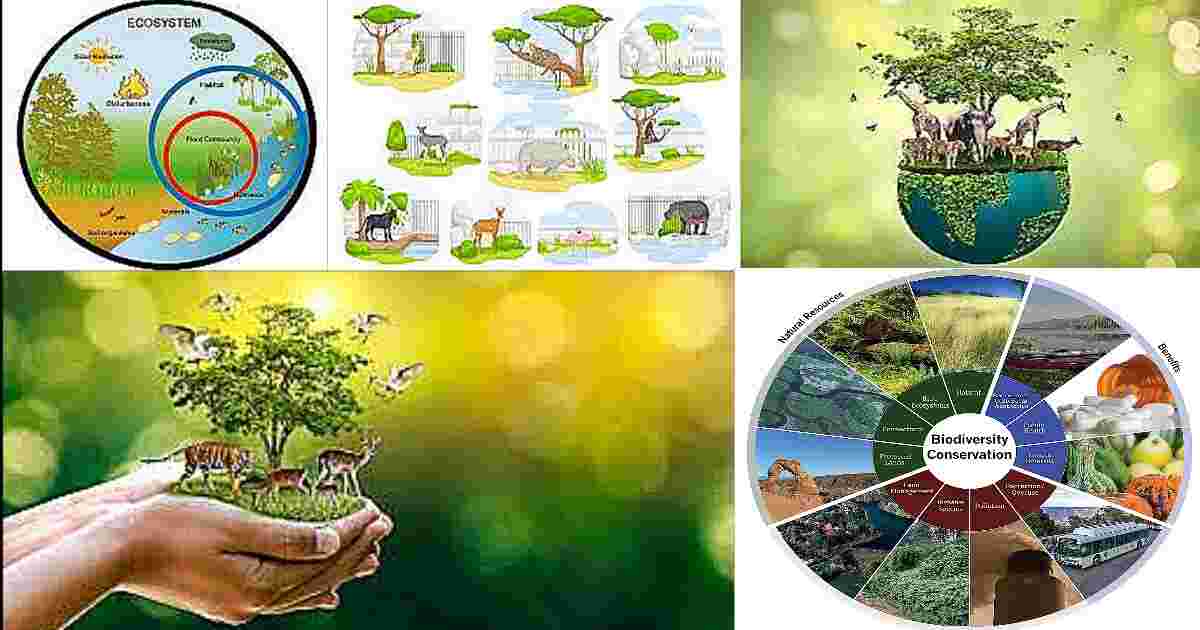Aschelminthes: It also referred to as Nemathelminthes, it is an invertebrates phylum which includes roundworms.
Defination: They are bilaterally symmetrical, triploblastic and pseudocoelomate animals with organ system of organization. Excretion involves a giant excretory cell called Renette cell. They have tube-within-tube type of body plan.
Nemathelminthes group are created by Gwgenbaur in 1859 to place pseudocoelomate animals however, Grobben introduced the term Aschelminthes in place of Nemathelminthesto avoid certain confusions. The Aschelminthes (Gr. askes =Cavity + helmins=worm)
Aschelminthes (Nemathelminthes)
General Characteristic:
1. They can be free-living or parasitic. Free-living nematodes are abundant in soil and marine sediments, where they play an important role in decomposition. Parasitic nematodes can infect plants, animals, and even humans.
2. They have a long, elongated, slender, and worm-like body that tapers at both ends. Their bodies are not divided into segments like earthworms or insects.
3. Aschelminthes range in size from microscopic to several centimeters in length.
4. There is sexual dimorphism. Males are always smaller than females.
5. Body is covered by a protective cuticle. It is resistant to the action of digestive juices of the host.
6. The epidermal cells are without cell limits. So the nuclei are scattered in the cytoplasm. Such an epidermis is called syncytium.
7. The alimentary canal is simple, straight with a mouth, anus and specialized pharynx and without digestive glands.
8. The body cavity is a pseudocoel, which is a fluid-filled body cavity that is not lined by a complete mesoderm layer. This is different from a true coelom, which is found in other animals and is completely lined by mesoderm.
9. Respiration and circulatory systems are absent.
10. Excretory system consists of protonephridia and has excretory canals. Flame cells are absent.
11. Nervous system consists of a nerve ring. Nerve trunks arise from the nerve ring anteriorly and posteriorly.
12. Sense organs occur in the form of papillae and aphids.
13. Sexes are separate. The hind end of the male is usually covered with a cloaca and one or two copulatory spicule. The hind end of the females is straight with anus.
14. Some are oviparous, some are viviparous and still others are ovovivparous.
15. Eggs are covered with chitinous shell and cleavage is determinate and spiral.
16. Life cycle exhibits great variation with or without intermediate host. There is a moulting larval stage in the life cycle.
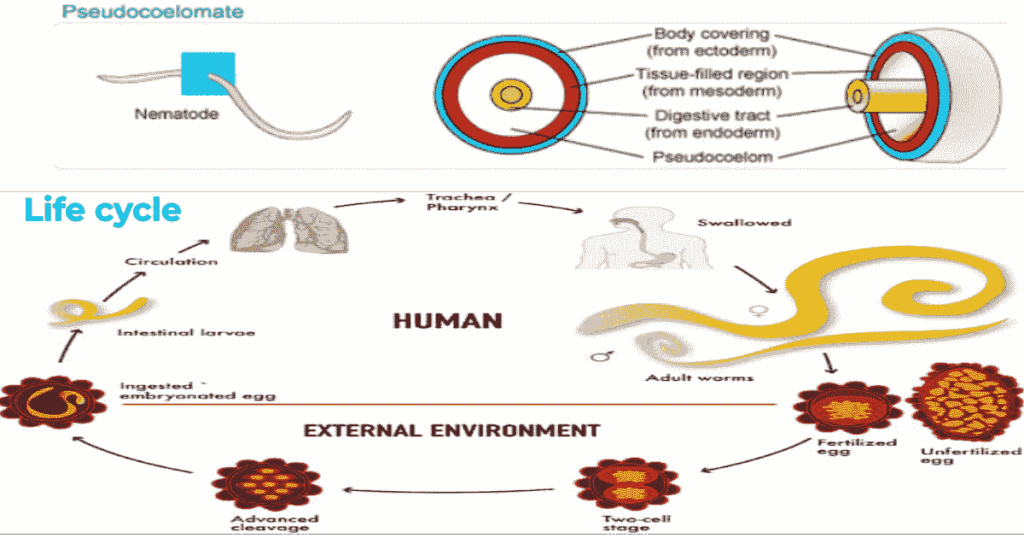
Classifications
It consisting of several classes such as Nematoda, Rotifera, Gastrotricha, Kinorhyncha and Nematomorpha
Class 1 NEMATODA
- It includes round worms that are both free living and parasitic, containing about 28,000 species, of which 16,000 are parasitic.
- They are slender and unsegmented worms having bilateral symmetry and their skin consists of a syncytium covered by a thick layer of cuticle.
- They possess only longitudinal muscles.
- Most of the species are dioecious and lay shelled eggs.
Examples: Ascaris (round worm), Ancyclostoma (hook worm), Enterobius (pinworm)
Subclass APHASMIDA (=ADENOPHOREA)
- Phasmids generally absent and aphids are of various types and always post-labial. Deirids are not found.
- Excretory system is simple, non-tubular or sometimes absent.
- There are three caudal adhesive glands commonly opening through a spinneret near the tail tip.
- Male generally has two testes and caudal alae are rare.
- There are sensory papillae in the cephalic region and along the body.
- They are marine, freshwater or terrestrial worms.
Subclass PHASMIDA (=SECERNENTEA)
- Phasmids are present, generally posterior.
- Amphids with pore-like or slit-like apertures and always labial.
- Deirids present near the nerve ring.
- No hypodermal glands. Excretory system tubular.
- No caudal adhesive glands. Male generally with a single testis.
- Caudal alae are common.
- Sensory papillae cephalic only and caudal papillae present in males.
- Almost exclusively terrestrial worms, rarely freshwater or marine.
- Ex. Ascaris, Rhabditis, Dracunculus, Wuchereria.
Class 2 Rotifera
- They are minute, microscopic animals found in aquatic forms.
- Anterior end with ciliated corona
- Post anal foot with toes
- Sexes are separate
- Excretion with two protonephridia tubes
- Examples: Mytilina, Brachionus, Colotheca, Philodina
Class 3 Gastrotricha
- They are minute, microscopic aquatic free living
- Posterior end is forked
- Excretion with two protonephridia
- Sexes are separated or united
- Development is direct
- Examples: Urodasys, macrodasys, Chaetonotus
Class 4 Kinorhyncha
- Minute microscopic marine, wormlike forms
- Body is internally segmented
- Digestive system complete with salivary gland
- Sexes are separates
- Development: indirect ( with larval form)
- Examples: Echinoderes, Centroderes
Class 5 Nematomorpha
- They are long slender un-segmented worm
- The body wall with thick cuticle
- Known as hair worm
- Sexes are separate
- Examples: Nectonema, Gordius


